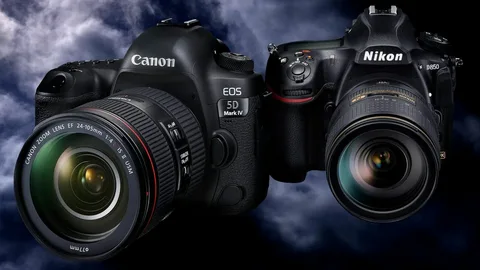Photography: A Journey Through Time

Photography, an art and science that captures moments in time, has undergone remarkable transformations since its inception. From the earliest experiments in light and shadow to the digital images we share today, the evolution of photography reflects advances in technology, shifts in culture, and the enduring human desire to document and understand our world.
The Beginnings: Camera Obscura
The roots of photography can be traced back to the ancient principles of optics. The camera obscura, a device dating back to the 5th century BCE, used a small hole to project an inverted image of the outside world onto a surface inside a darkened room. This phenomenon laid the groundwork for understanding light and images, but it wasn’t until the 19th century that photography as we know it began to take shape.
The Birth of Photographic Processes
In the 1820s, French inventor Joseph Nicéphore Niépce created the first permanent photograph, known as "View from the Window at Le Gras," using a process called heliography. This early photograph required an exposure time of several hours, making it impractical for capturing moving subjects.
In 1839, Louis Daguerre introduced the daguerreotype, a revolutionary technique that significantly reduced exposure times and produced detailed images on polished silver-plated copper. This breakthrough marked the official birth of photography, and it quickly gained popularity, leading to the establishment of portrait studios and the democratization of image-making.
Advancements in Film and Technology
The latter half of the 19th century saw the development of glass plate negatives, which allowed for sharper images and easier duplication. The introduction of roll film in the late 1880s by George Eastman revolutionized photography again, making it more accessible to the general public. His Kodak camera, marketed with the slogan "You press the button, we do the rest," ushered in a new era where anyone could take photographs without needing specialized knowledge.
The Color Revolution
While early photography was predominantly black and white, the quest for color images gained momentum in the 20th century. The Autochrome plate, introduced in 1907, was one of the first successful color processes, using grains of dyed starch to create vibrant images. The subsequent development of Kodachrome film in the 1930s further popularized color photography, transforming everything from personal snapshots to journalism and advertising.
The Rise of Digital Photography
The 1980s marked the dawn of digital photography, with the introduction of the first digital cameras. These devices captured images as electronic data, allowing for immediate viewing and editing. By the 2000s, digital cameras became mainstream, surpassing film in popularity. This shift not only changed how photographs were taken but also transformed industries such as journalism, where the speed of digital publishing became paramount.
The Era of Smartphones
The introduction of smartphones equipped with high-quality cameras further democratized photography. Today, almost everyone carries a camera in their pocket, enabling the instant capture and sharing of images. Social media platforms like Instagram and Snapchat have created a culture of constant image-sharing, influencing trends in aesthetics and communication.
The Future of Photography
As technology continues to evolve, photography is entering a new phase characterized by artificial intelligence, virtual reality, and augmented reality. These innovations promise to reshape how we create and experience images, blurring the lines between reality and representation.
Conclusion
The evolution of photography is a testament to human creativity and innovation. From its early beginnings as a scientific curiosity to its current status as a ubiquitous form of communication, photography has transformed the way we perceive and document our world. As we look to the future, the possibilities are endless, ensuring that photography will continue to play a vital role in our lives for generations to come.
- Arts
- Business
- Computers
- Jocuri
- Health
- Home
- Kids and Teens
- Money
- News
- Recreation
- Reference
- Regional
- Science
- Shopping
- Society
- Sports
- Бизнес
- Деньги
- Дом
- Досуг
- Здоровье
- Игры
- Искусство
- Источники информации
- Компьютеры
- Наука
- Новости и СМИ
- Общество
- Покупки
- Спорт
- Страны и регионы
- World


